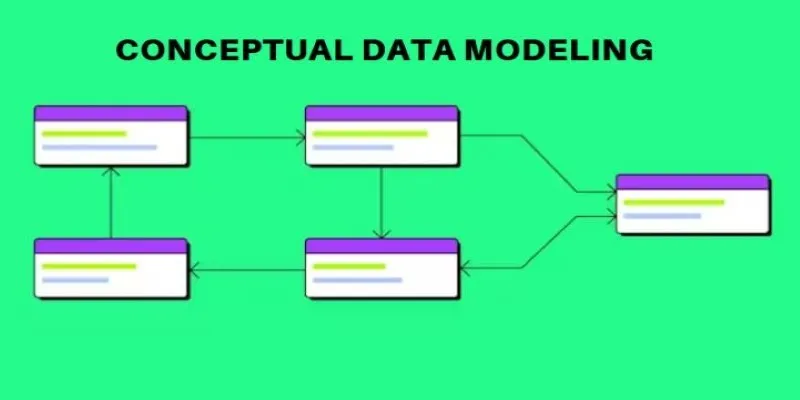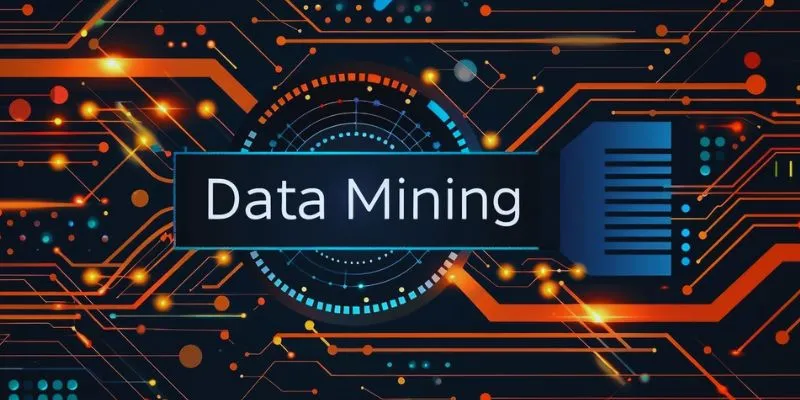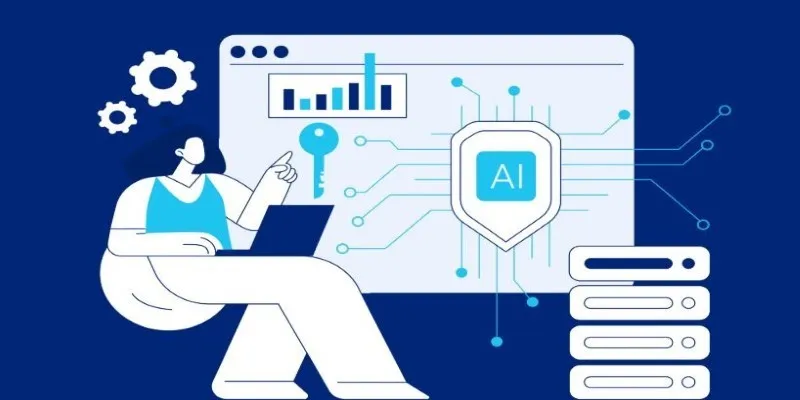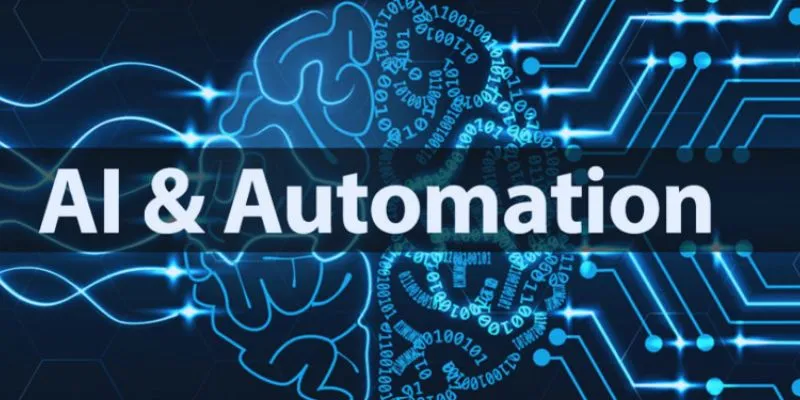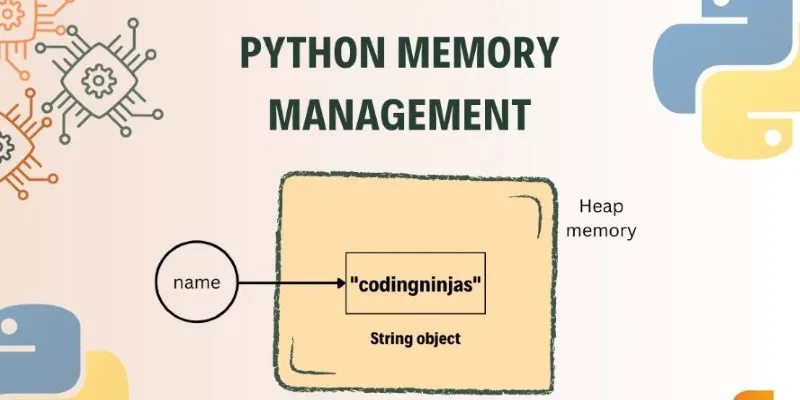Large language models (LLMs) are transforming the landscape of data science. These AI-powered tools streamline tasks, enhance predictions, and refine insights. Integrating LLMs into your data science workflow can simplify processes and boost analytical efficiency. This comprehensive guide will walk you through incorporating LLMs into your projects, focusing on model selection, data preparation, and deployment strategies. By following these guidelines, you can unlock new possibilities with artificial intelligence.
Whether you’re a seasoned data scientist or just starting, this article will guide you on how to harness LLMs for enhanced data insights. Let’s explore how you can leverage this cutting-edge technology.

Choosing the Right LLM for Your Project
Selecting the appropriate LLM is crucial. Different models offer unique strengths and weaknesses. Some excel in coding tasks or answering questions, while others are adept at text summarization. Consider factors such as model size, training data, and accuracy. Popular options include OpenAI’s GPT series, Meta’s LLaMA, and Google’s Gemini. Each has specific capabilities suited for various tasks.
Also, evaluate your computational resources. Some models are cloud-based, while others require powerful GPUs. For real-time processing, consider an API- based solution. Customization is another factor to consider. Fine-tuning models on specific datasets can enhance performance, but it requires technical expertise and data preparation. Clearly define your project requirements before selecting a model. The right choice will enhance the accuracy and efficiency of your workflow.
Preparing Your Data for LLM Integration
High-quality data is essential for effective LLM performance. Messy or unstructured data can lead to inaccurate outputs. Proper preparation ensures consistent insights from your model. Start by cleaning your data, eliminating redundancies, correcting errors, and standardizing formats. Transform your text into a structured format suitable for your model.
Prioritize tokenization next. LLMs break text into tokens—manageable chunks. Ensure your data is properly tokenized for smooth operation. Context is also crucial. Provide relevant information to enhance model comprehension. Training a model on incomplete or biased data can result in faulty outputs. Finally, test your data in small batches, reviewing outputs and refining preprocessing steps as needed. Well-prepared data is key to accuracy and efficiency in LLM- driven projects.
Implementing LLMs for Data Science Workflows
Once your data is ready, integrate LLMs into your workflow. Options include fine-tuning, local deployment, and API calls. API-based integration is straightforward. Services like Cohere or OpenAI’s API offer access to LLMs without heavy computational demands. Simply input data and receive AI- generated solutions. For greater control, install models locally, which requires building systems based on TensorFlow or PyTorch.
Running models in-house ensures data privacy but demands substantial computational power. Fine-tuning is another option, enhancing accuracy for specific tasks by training an LLM on particular datasets. This requires knowledge of machine learning and access to computing resources. The best implementation method depends on your needs. Whether training a custom model or using APIs, LLMs can elevate your data analysis processes.

Enhancing Model Performance with Fine-Tuning
Fine-tuning LLMs with custom datasets allows for more precise and reliable model responses. Begin by selecting a dataset that includes high-quality information relevant to your work. Well-organized data enhances performance. Utilize fine-tuning options with Hugging Face’s transformers, which offer customizable pre-trained models.
Adjust hyperparameters such as batch size and learning rates to control overfitting and optimize training efficiency. Monitor performance using validated datasets. Fine-tuning demands both time and computational resources, but cloud solutions like Google Colab or AWS can assist with resource- intensive tasks. Test your model post-training to evaluate efficiency, accuracy, and bias. Well-adjusted models can significantly boost performance in certain applications.
Deploying LLMs in Real-World Applications
Deploying LLMs involves integrating them into applications. Several approaches ensure successful implementation. Cloud-based deployment is popular, with platforms like AWS, Azure, and Google Cloud offering scalable AI solutions. These services provide stability and manage computational demands. On-site deployment enhances data security by running LLMs on local servers but requires infrastructure and maintenance.
Embedding LLMs into applications via APIs is another effective method, enabling features like recommendation systems, text analysis tools, and chatbots. Many companies adopt this approach to incorporate LLMs into their business operations. Crucially, after deployment, continuous testing and monitoring ensure models deliver accurate, unbiased answers. Regular updates maintain system optimization and efficiency. Successful LLM deployment requires choosing the right infrastructure, whether local or cloud-based, to revolutionize data science applications.
Optimizing LLM-Driven Workflows
While optimization is necessary, LLMs can greatly enhance efficiency. Unoptimized models may produce inaccurate or slow results. Efficient model architectures help reduce computing costs. Lightweight alternatives like DistilBERT and GPT-3.5 Turbo offer similar performance. Implement caching techniques, storing previous solutions to speed up predictions and minimize unnecessary processing for frequently asked questions.
Guide model outputs with prompt engineering. Well-structured prompts improve response accuracy. Experiment with different phrasings to optimize results. Monitor resource usage, including memory and processing times. Optimizing these aspects enhances performance without overburdening systems. Regular updates keep models up-to-date, ensuring peak performance in a rapidly evolving field. Effective optimization maintains cost-effective and swift processes.
Conclusion
Integrating LLMs in data science projects boosts accuracy, efficiency, and overall automation. To maximize the potential of artificial intelligence, choose the right model and prepare your data thoroughly. Implementation options, including local deployment, API access, and fine-tuning, provide flexibility. Whether deploying models on-site or in the cloud, your specific needs will guide the choice. Optimization techniques ensure reduced costs and improved performance. Prompt engineering, lightweight models, and caching enhance output quality. With the right approach, LLMs can transform data analysis, automating tedious tasks and delivering smarter insights. Start today to elevate your data science processes with this advanced technology.
 zfn9
zfn9

